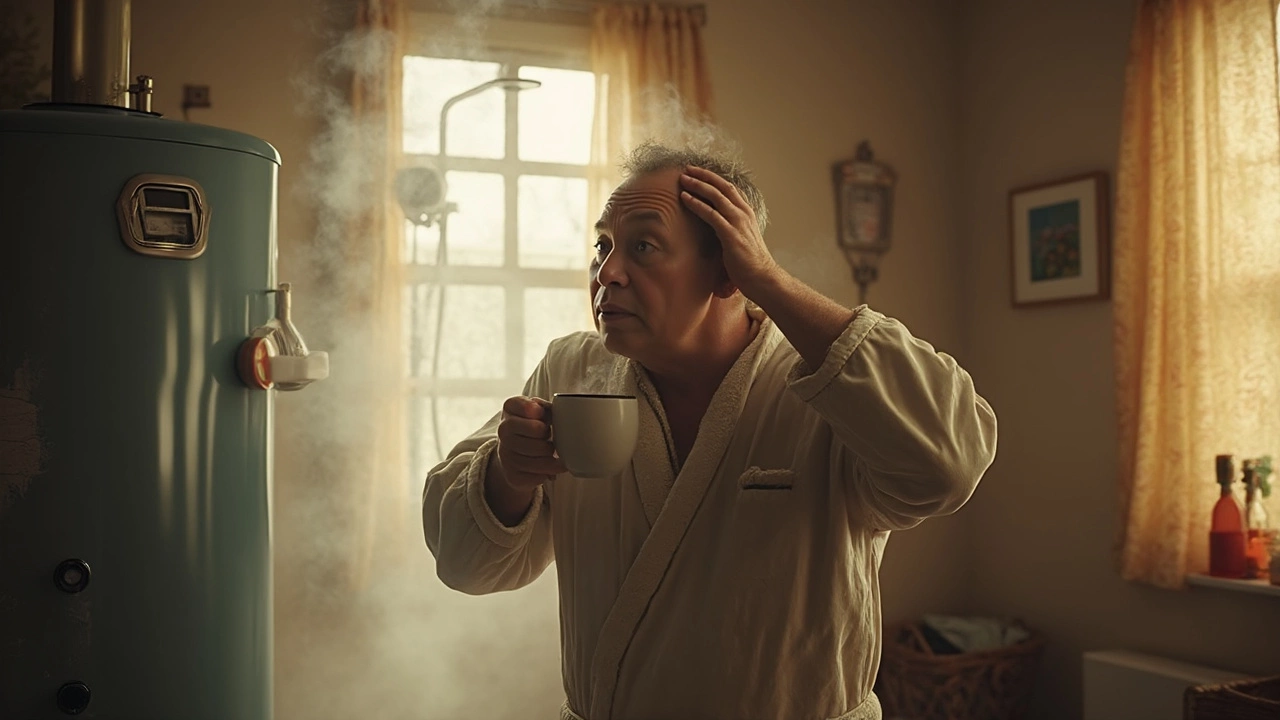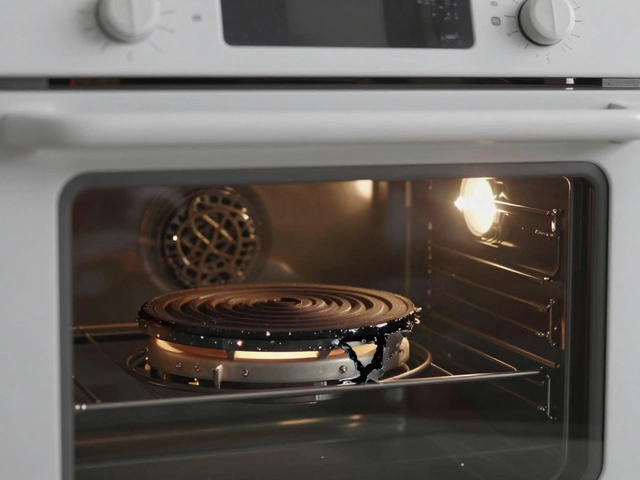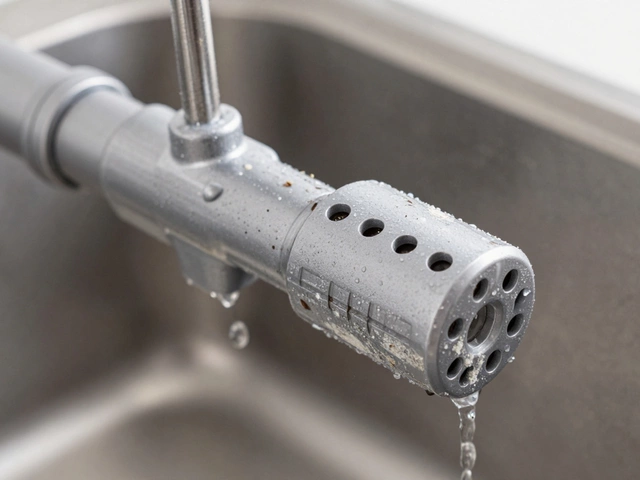DIY troubleshooting: Your guide to fixing home appliances
When working with DIY troubleshooting, the practice of spotting problems and fixing everyday household devices without a professional. Also known as do‑it‑yourself fault fixing, it empowers you to cut costs and understand how things work. It DIY troubleshooting encompasses appliance repair, the process of restoring a broken appliance to full functionality, which means you’ll often need a basic toolbox, a multimeter, or an online guide. The first step is always safety: unplug the unit, check for obvious damage, and note any unusual noises. From there, you move to diagnosis – the heart of the method. Knowing how to read error codes, test heating elements, or inspect water valves can turn a baffling failure into a simple part swap.
Why DIY troubleshooting matters for every homeowner
Most people think of home appliances, items like washing machines, ovens, fridges, and boilers that make daily life run smoothly as expensive mysteries that only technicians can solve. In reality, fault diagnosis, the systematic process of identifying the root cause of a malfunction is a skill anyone can learn. By following a step‑by‑step checklist – power off, isolate the component, test with the right tool – you reduce guesswork and avoid costly service calls. The right repair tools, basic equipment such as screwdrivers, pliers, voltage testers, and sealant make the difference between a quick fix and a dead‑end. For example, a faulty oven heating element is often just a loose wire; a multimeter instantly tells you if the element is broken, saving you time and a service fee.
Getting comfortable with DIY troubleshooting also builds confidence for tackling bigger projects, like checking a boiler pressure or swapping a freezer fan. It teaches you how components interact, so you can spot patterns – a leaking washer often points to worn door seals, while a refrigerator that won’t freeze may need a clogged condenser coil. The more you practice, the better you become at separating issues you can fix yourself from those that truly need a certified technician. Below you’ll find a curated set of articles that walk you through common problems, cost comparisons, safety checklists, and step‑by‑step repair guides. Dive in, pick the topic that matches your current challenge, and start turning those appliance headaches into quick, satisfying fixes.
Is your shower suddenly cold or your water heater acting weird? This article breaks down how to tell if your hot water heater thermostat is the real problem. You'll get clear warning signs, simple tests, common mix-ups, and smart tips for checking and fixing your thermostat. Don’t waste cash or time—learn what’s wrong before calling in the pros.


